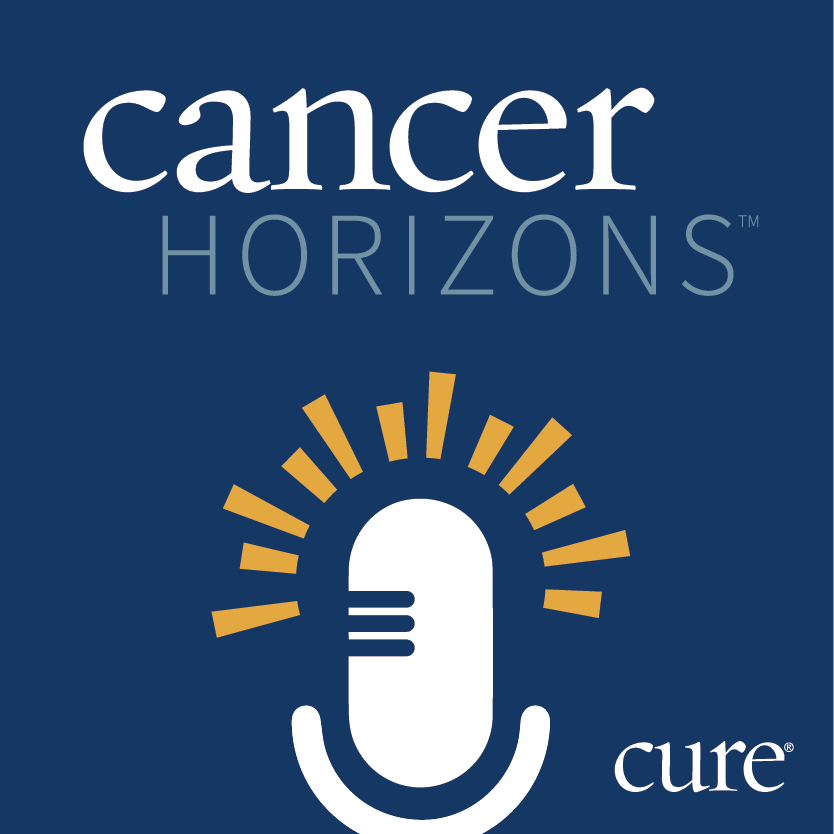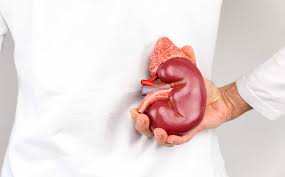Patients with advanced renal cell carcinoma experienced a continued benefit in progression-free survival (PFS) after 45 months when treated with Cabometyx (cabozantinib) plus Opdivo (nivolumab) and Yervoy (ipilimumab), compared with patients receiving placebo plus Opdivo and Yervoy, according to updated trial findings.
These findings were shared as the final results of the phase 3 COSMIC-313 trial which were presented at the 2025 ASCO Genitourinary Cancer Symposium.
Glossary
Progression-free survival: the time a person lives with cancer without it getting worse
Intent-to-treat population: a group of patients who were randomly assigned to receive a particular treatment, whether or not they actually received that treatment or adhered to it
Overall survival: the time from diagnosis or treatment initiation when a patient with cancer is alive
Alanine aminotransferase increase: an elevation of an enzyme found in the liver, which may be an indicator of liver damage or disease
Aspartate aminotransferase increase: an elevation of a specific enzyme in tissues like the heart, liver, muscle, kidneys and brain that may indicate damage or disease in one or more of these organs
Palmar-plantar erythrodysesthesia syndrome: hand-foot syndrome, or a skin reaction that primarily affects the hands and soles of the feet
M2-like macrophages: a type of immune cell that plays a role in tissue repair and wound healing, in addition to immune system regulation
Visceral metastasis: cancer that spread from its original location to the internal organs like the chest, abdomen and pelvis.
The updated PFS in the intent-to-treat population was 16.6 months in the combination arm and 11.2 months in the placebo arm. The overall survival (OS) was 41.9 months in the Cabometyx arm and 42 months in the placebo arm.
The PFS for those in the intermediate risk group was 22.1 months in the Cabometyx arm and 11.3 months in the placebo arm; and for those in the poor risk group, results were 9.5 months versus 11.2, respectively. The OS in the intermediate group was 47.9 months in the Cabometyx arm versus 48 months in the placebo arm; and for the poor risk group it was 19.4 months versus 24 months between both arms, respectively.
“There were no significant differences in OS between the 2 arms in the [intent-to-treat] population or by… risk group,” Dr. Laurence Albiges, head of the Department of Oncology at Gustave Roussy in France, said during the presentation.
Overall, 428 patients were enrolled in the Cabometyx arm and 427 were enrolled in the placebo arm. The main area of interest was PFS, with a secondary focus on OS.
In the Cabometyx arm, 373 patients discontinued all study treatment versus 361 in the placebo arm, and reasons included progressive disease (40% versus 44%, respectively), side effect unrelated to disease progression (29% versus 21%) and side effect related to progression (5% versus 9%).
Treatment exposure and side effects did not differ much from previously reported analysis. However, Albiges noted the median average daily dose of Cabometyx was 22.4 mg versus 35.2 mg for placebo. Treatment-related side effects that led to discontinuation occurred in 49% versus 26%, respectively.
The most common treatment-related side effects of grade 3/4 (severe or life threatening) were alanine aminotransferase increase (26% versus 6%), aspartate aminotransferase increase (19% versus 5%), diarrhea (5% versus 3%) and palmar-plantar erythrodysesthesia syndrome (4% versus 0%).
RNA sequencing from tumor samples occurred in 398 patients. Overall, no clear molecular clusters were observed in relation to clinical outcomes, but the sample size for each was small.
When assessing different immune types, the M2-like macrophages were the best predictor of OS. These contribute to tumor growth, invasion and metastases because they suppress the immune response, and are associated with poor prognosis throughout different cancers. If patients have poor risk or present with visceral metastasis, they exhibited higher levels of M2-like macrophages.
It was found that the Cabometyx combination overcame the M2-like macrophage-mediated tumor response. For M2-like low, the median PFS was 22.1 months in the Cabometyx arm versus 16.7 months in the placebo arm. M2-like high had a median PFS of 10.1 months in the combination arm versus 5.95 months in the placebo arm. Additionally, the median OS for M2-like low was 47.8 months in the Cabometyx arm versus NE in the placebo arm. For M2-like high, the median OS was 39.9 months in the Cabometyx arm versus 23 months in the placebo arm.
Reference:
"Cabozantinib (C) in combination with nivolumab (N) and ipilimumab (I) in previously untreated advanced renal cell carcinoma (aRCC): final results of COSMIC-313" by Dr. Laurence Albiges, et al., Journal of Clinical Oncology.
For more news on cancer updates, research and education, don’t forget to subscribe to CURE®’s newsletters here.





